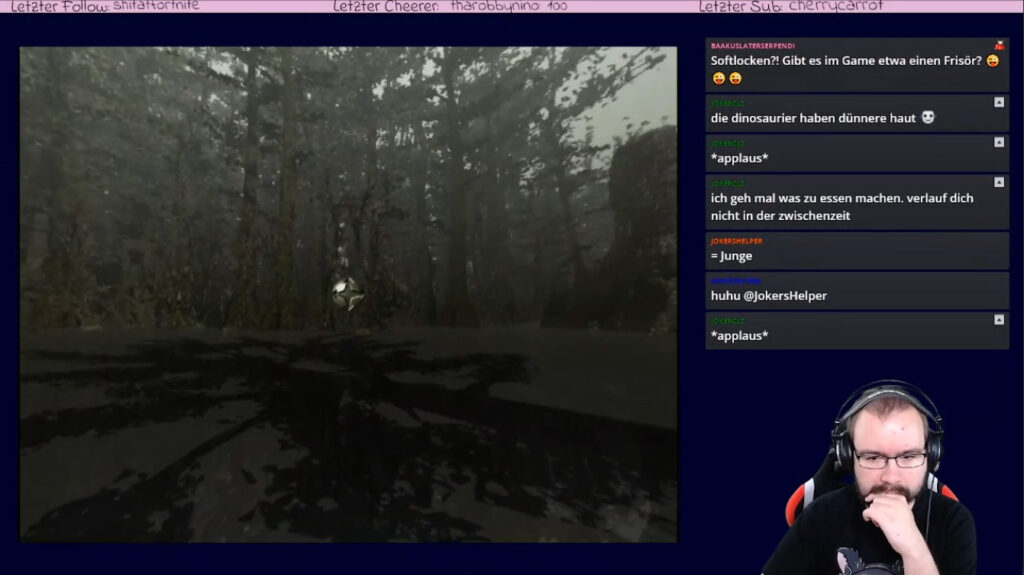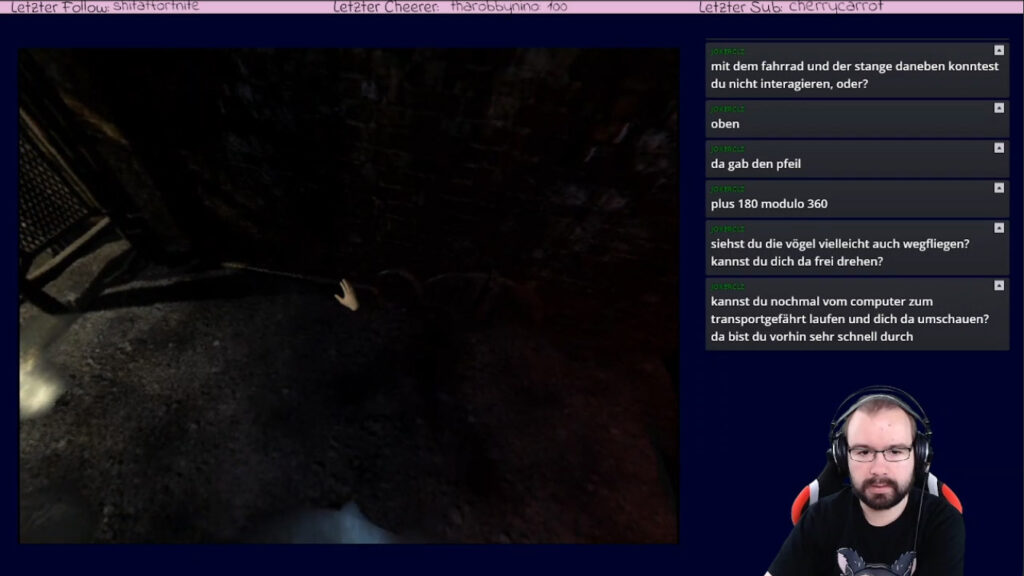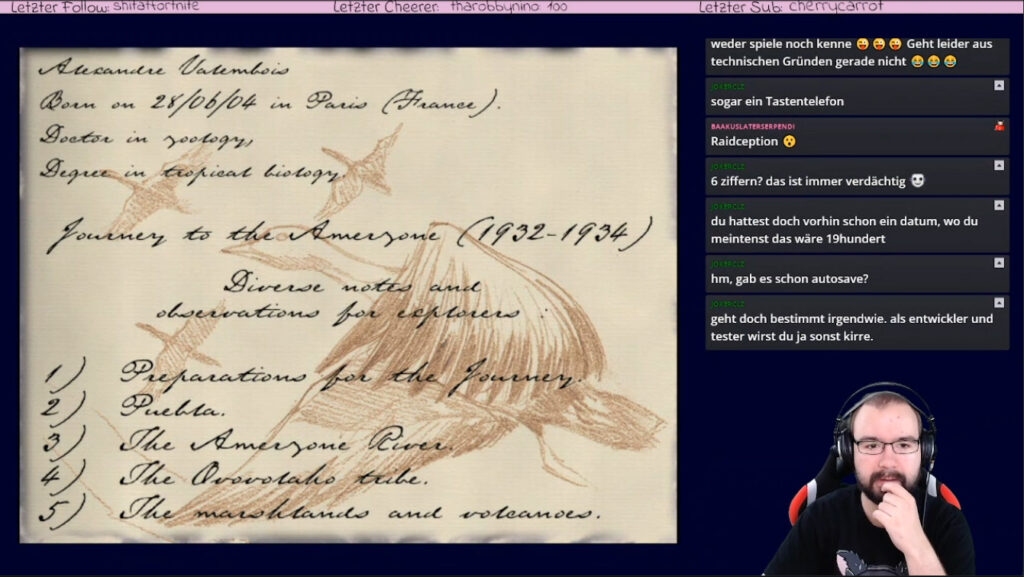After finishing the Syberia series for the time being and eagerly awaiting the next installment, we sat down on a Sunday and played a slightly older game – Amerzone. You can read here what I noticed and how I liked it overall.
I deliberately mentioned Syberia in the context of this game: the similarities in style and storytelling are striking. That’s no coincidence either, Benoît Sokal developed both games and designed the very detailed graphics and backgrounds in particular. I’ve never encountered this style in a game before, but I really liked it.
However, Amerzone is only indirectly related to Syberia; essentially, Part One mentions an adventurer who travels to the land of Amerzone and encounters strange animals and sometimes even stranger people. So we can assume it’s set in the same universe, but that’s where the connection ends.
In terms of game mechanics, this is a point and click adventure. In contrast to the other worlds, which are at best 2.5D, we are in a “real” 3D world here. Although we can always only teleport to certain points, we can then turn freely in all directions. There is a fixed point in the middle of the screen that serves as a cursor and lets us interact with the objects and the environment – a very interesting idea that I hadn’t seen before and that worked surprisingly well.

The few other characters we can interact with were always in two modes: either as a 3D animated character in that weird 3D view (weird, but by no means bad!) or as a fully animated cinematic – the latter especially in the dialogues. Overall, you can say that the game definitely shows its age; Nevertheless I was inspired by the ideas people had back then.
The story of the game is explained very briefly: an adventurer discovered Amerzone with friends, explored it and stole an egg from a special bird – that’s exactly what we’re supposed to bring back now. It’s quite simple, but functional. We click through seven chapters of very different lengths and get closer to the goal. The dialogues and situations are interesting, some of the puzzles are tricky, but they are all solvable. In any case, it’s always a good idea to take a good look around.

What represents the absolute highlight for me are the tools in the form of books and texts. Especially the album that chronicles the adventurer’s previous journey is written and drawn in great detail. You can definitely tell that the developer was a comic artist. The graphics could just as easily have been drawn by an explorer, and the handwriting makes you feel like you’re actually reading his notes. Unfortunately, it wasn’t practical to read everything in the stream, but some of the clues were well hidden – very nicely done and plenty of space for background information.

However, this attention to detail also has its pitfalls: you really read what is handwritten on the graphic – no transcription in a separate window. So if the writing is too unclear in some places: bad luck. That would probably be solved differently nowadays, but I mention it anyway. In some places it took me a few attempts to understand the meaning.

What is my conclusion now? Well, for one, the game wasn’t expensive (€4.99 on GOG, DRM-free), so it’s definitely not a waste of money. The story is okay, the mechanics of the game are interesting, but also easy to learn. However, the game managed to keep me entertained for an afternoon – it was like reading an interactive comic where we had to solve the puzzles. The details and overall feel of exploring the world wouldn’t hold me over the long term; but they were very well suited for a brief escape from reality.
What do you think? Let me know and let’s talk about it on Discord!